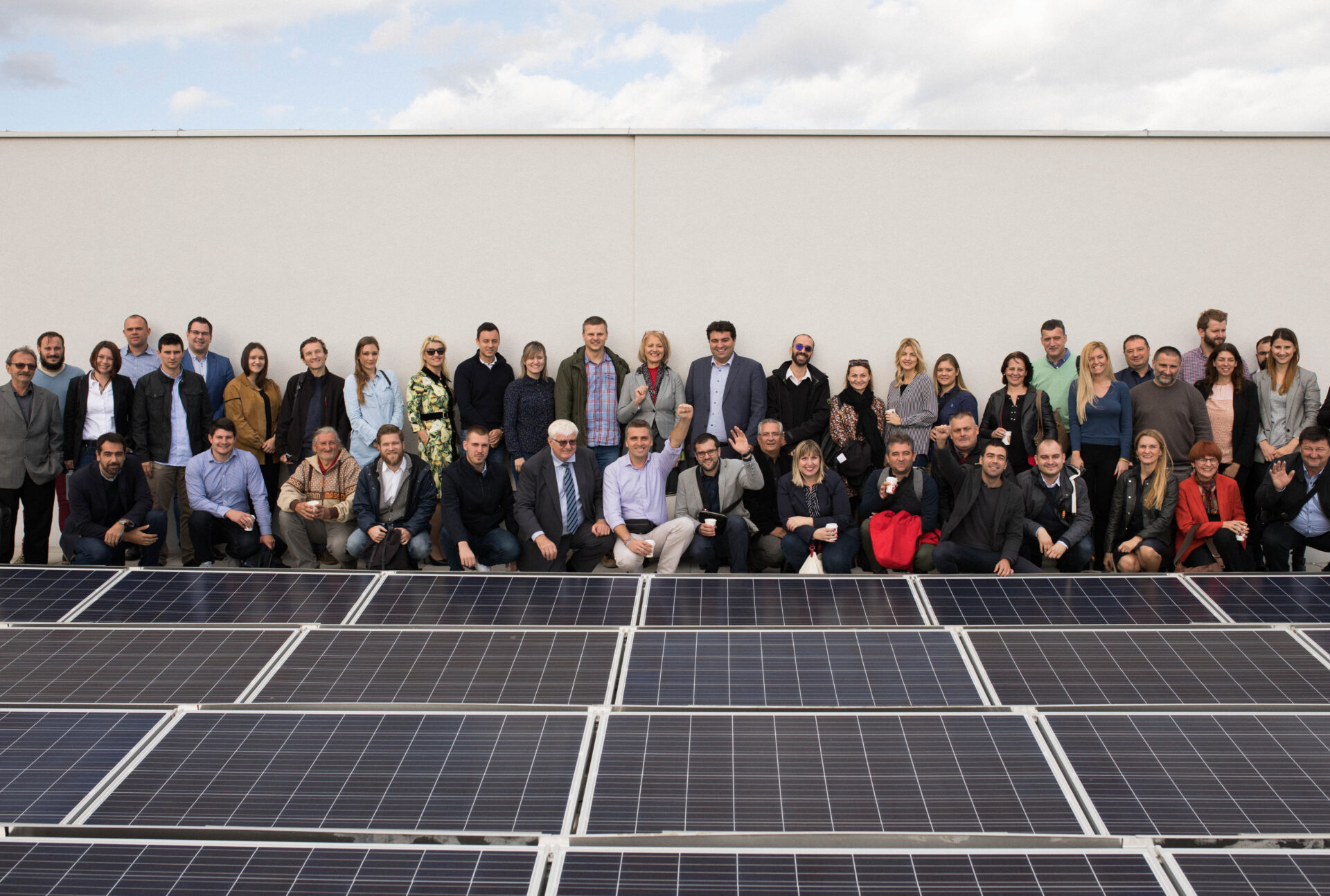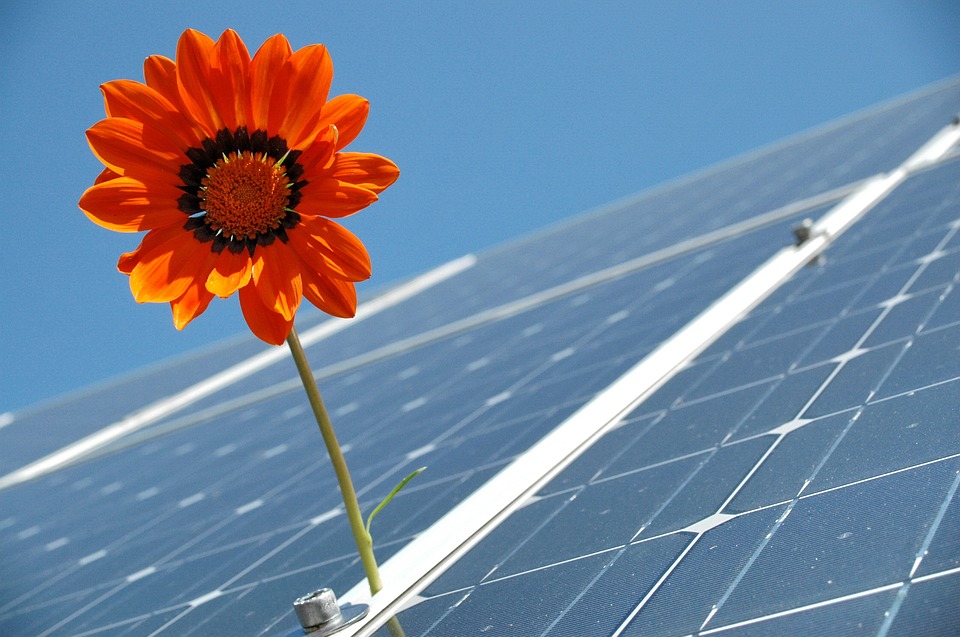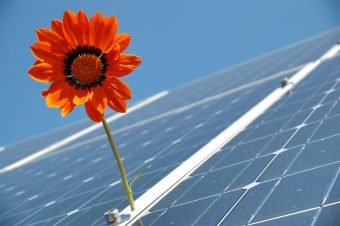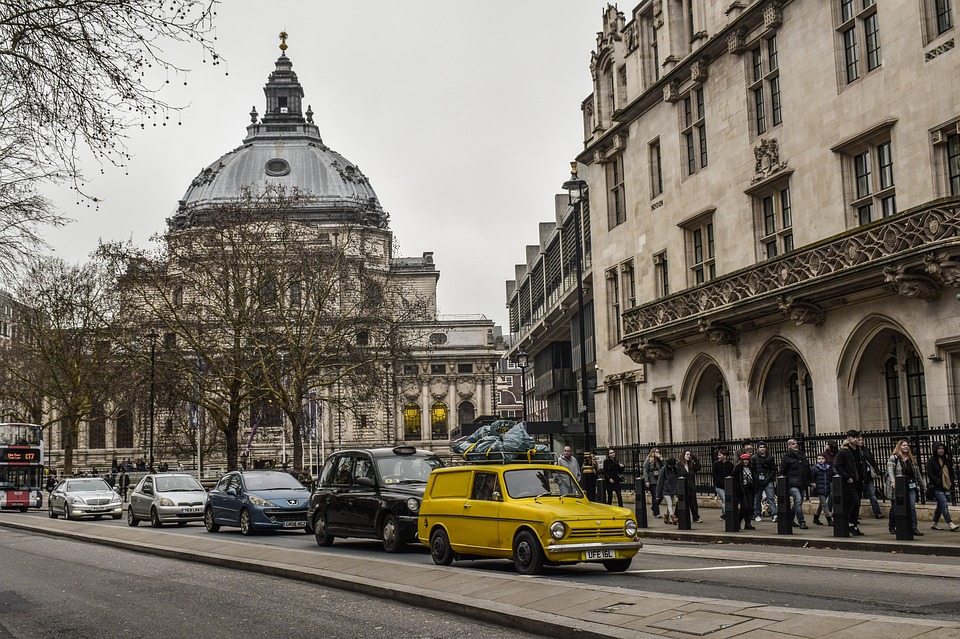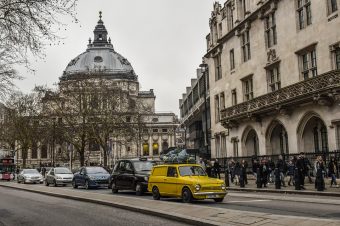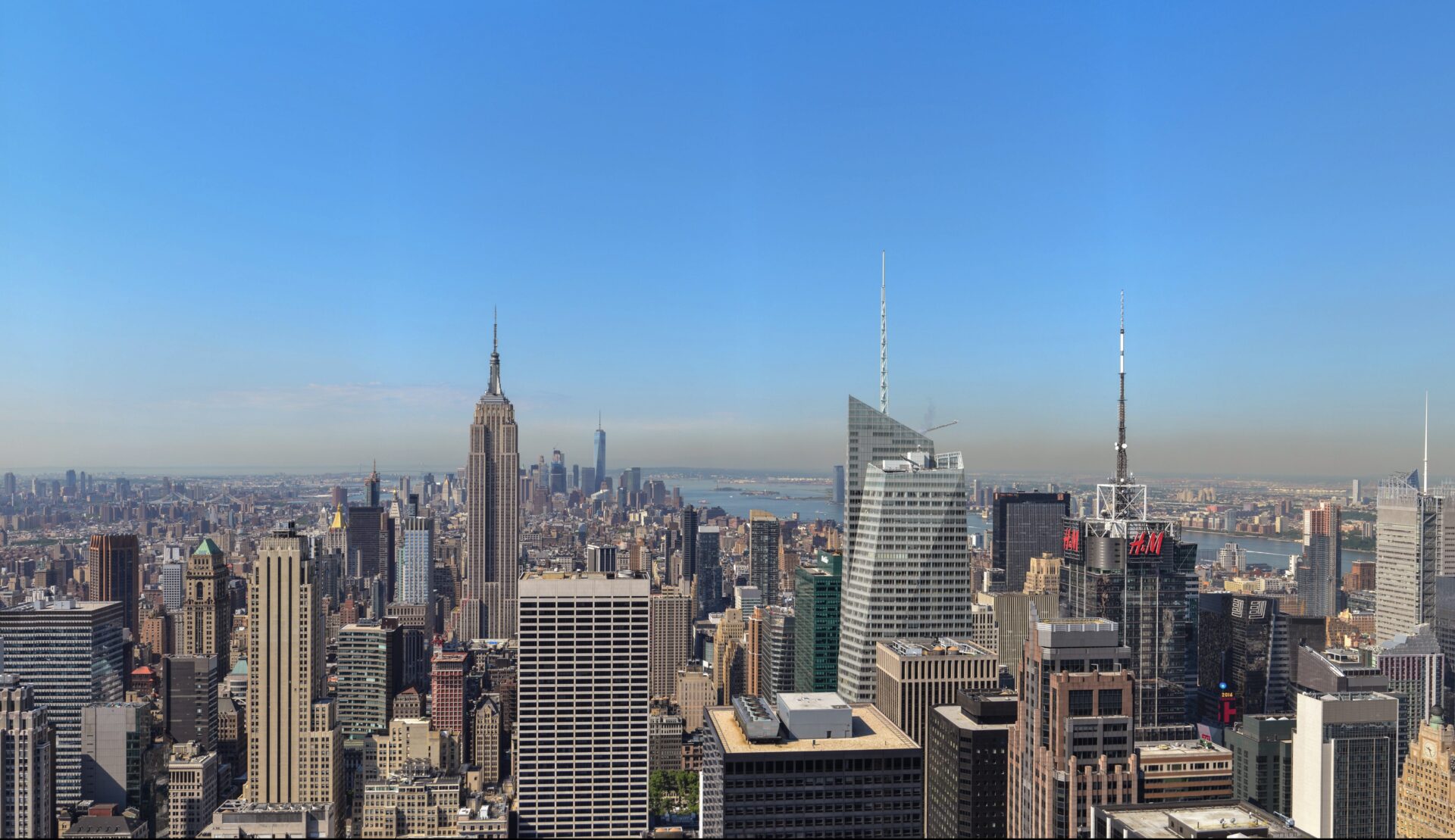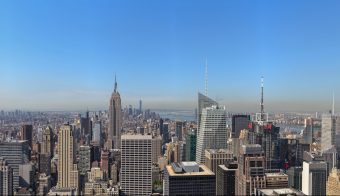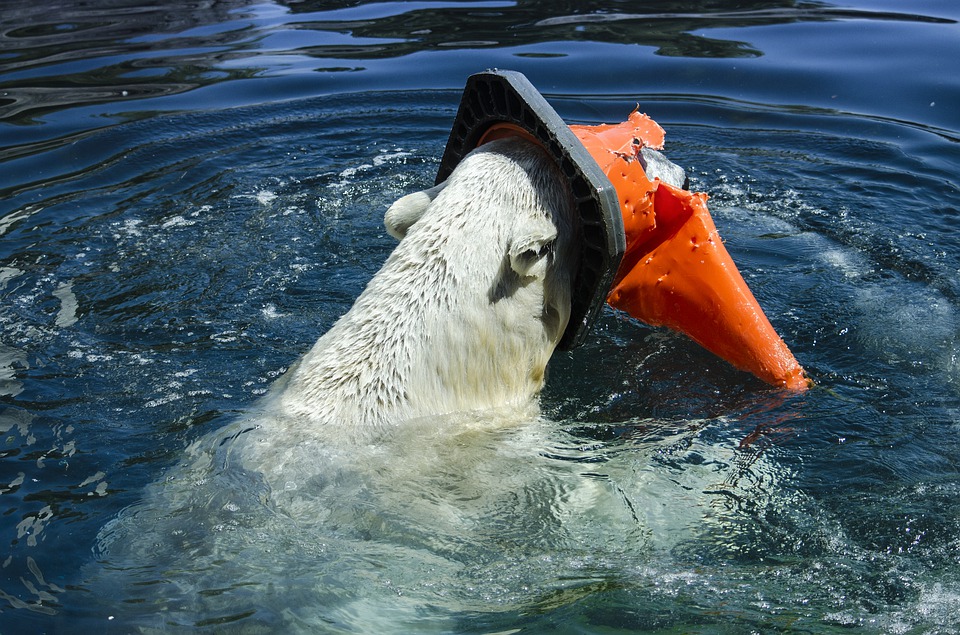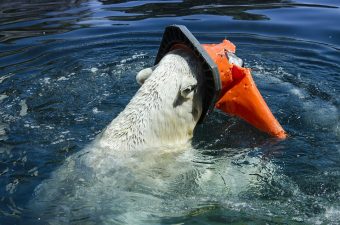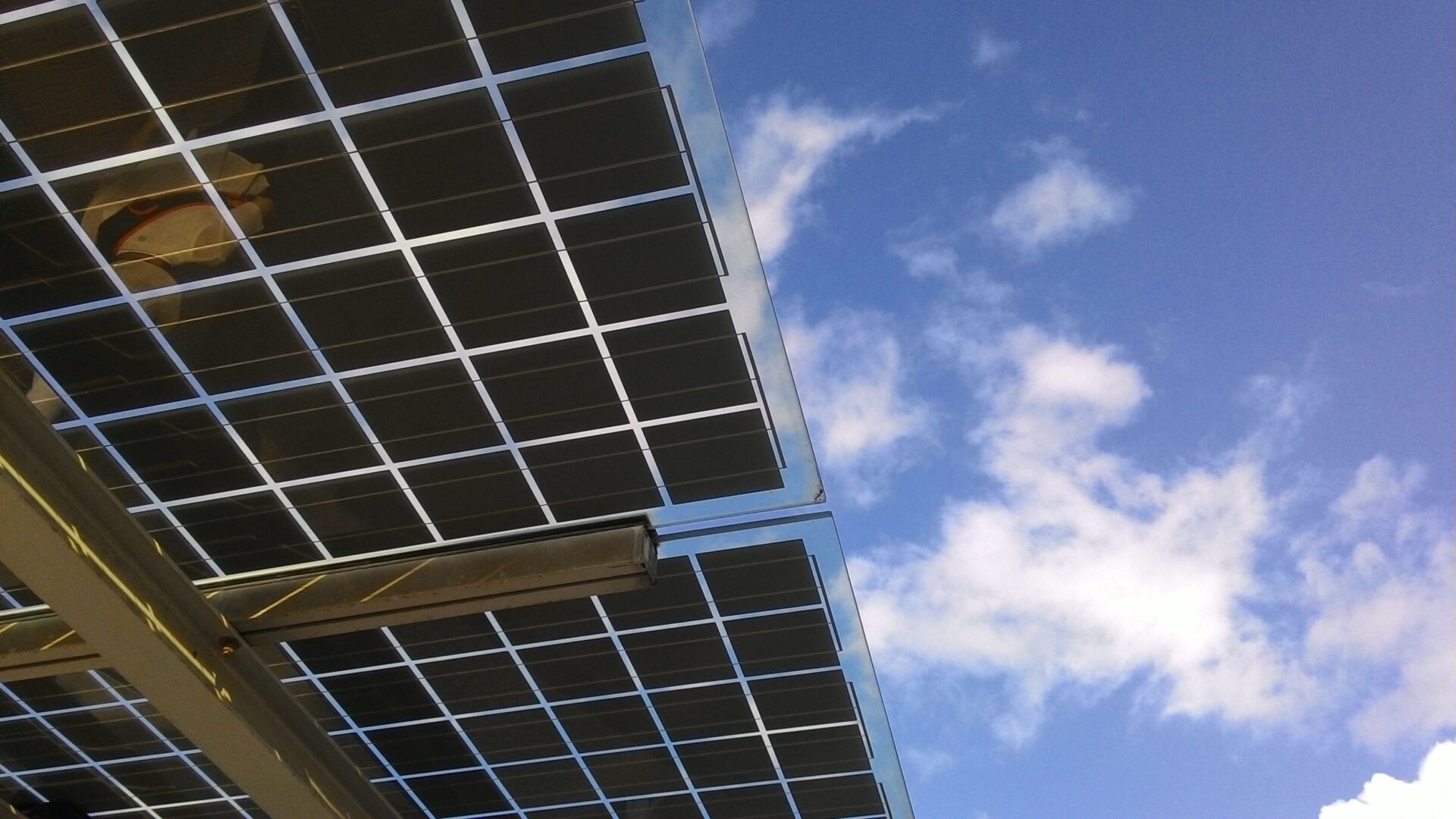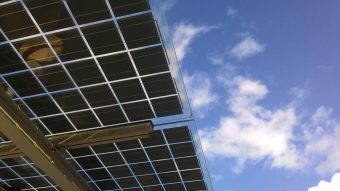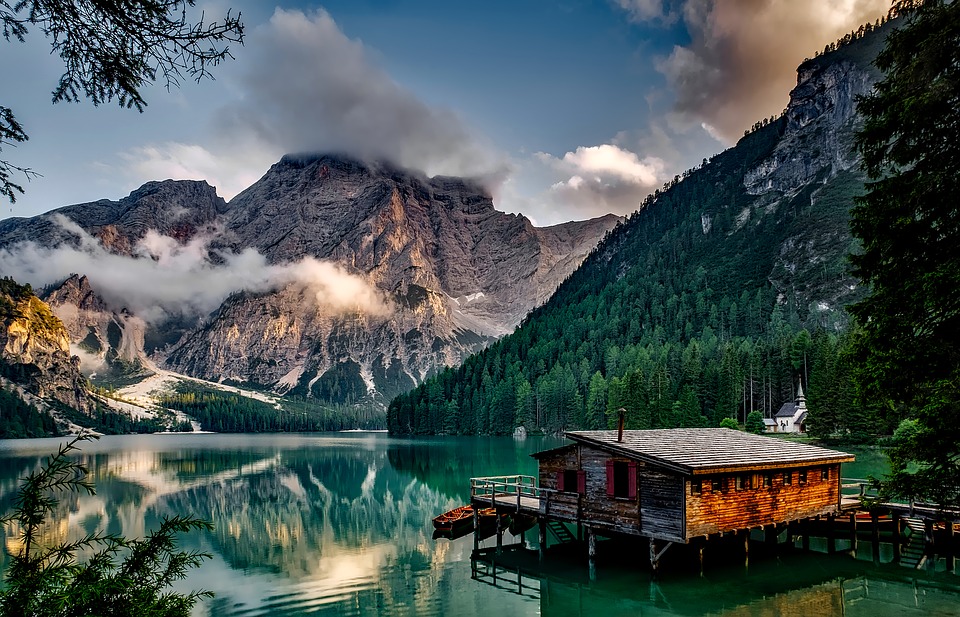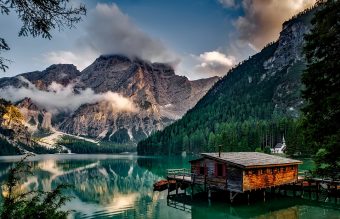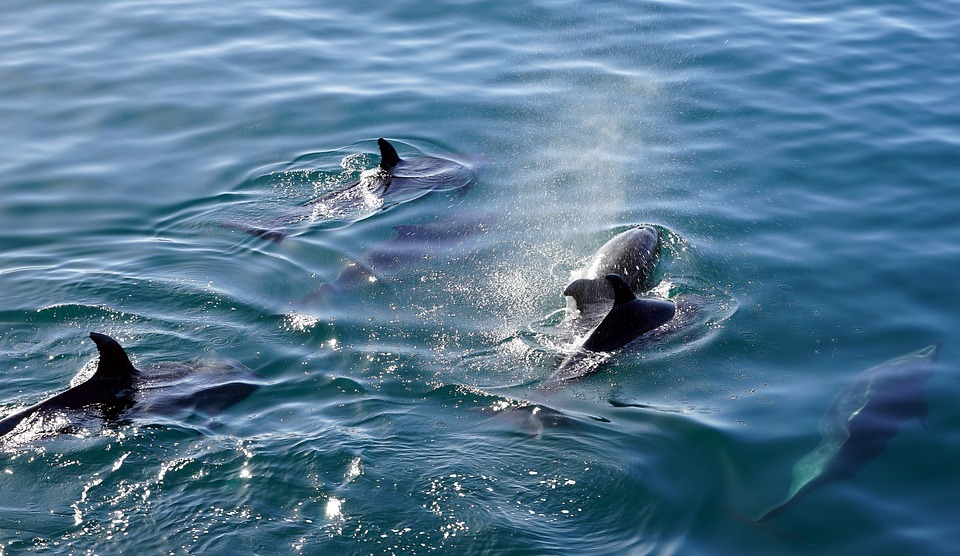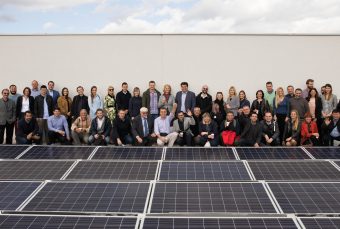
Even though the price of solar panels is constantly decreasing, a solar plant is still out of most citizens’ budget. However, what if we split its construction costs with 52 people and get a 4.5 per cent annual interest rate on the invested funds? Sounds tempting, right? Technological solutions are available, and models of citizen investments are known from before and used for years in states like Germany and Denmark.
Croatian Citizens Took Energy into Their Own Hands!
Cooperative is a concept and practice developed among Slovenian tribes at the end of the 19th century. It was originally used to describe the village community of goods. All members of the cooperative lived together, and cultivated land that belonged to the community and no one could inherit it independently. The development of individualism and the breakthrough of the monetary economy have influenced the “decay” of its original meaning.
Today, more than a hundred years later, the cooperative does not necessarily have a coexistence of its members, nor does it relate exclusively to agricultural activities. In this manner, in the neighbouring country Croatia, the Green Energy Cooperative (ZEZ) operates in the energy sector.
In May 2018, the ZEZ launched a campaign to raise money from citizens to build a photovoltaic power plant in the town of Krizevci. In only ten days, 230,000 kuna (about 31,000 euros) were collected on the principle of microloans.
ZEZ’s member, Sanela Mikulcic revealed to us that several months passed from the initial idea to the realisation. During that time, the ZEZ examined the legal framework and the way of involving citizens in such a project. “We were faced with the challenge of designing a legal model that fits into our legislative framework since this was the first collective investment in Croatia. We have also been slowed down by different administrative requirements”, Sanela said.
All individuals and legal entities had the opportunity to invest money in the implementation of the project “Krizevci Sun Roofs” by granting loans to the ZEZ for ten years with a 4.5 per cent interest rate annually. The idea was that the local community would be the most advantageous from the “sunny roofs” so the citizens of Krizevci had a lead over other interested investors. About 30 per cent of the investment came from citizens of the municipality and the surrounding area.
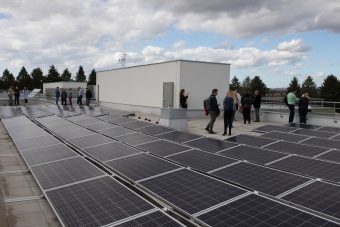
The minimum stake was 1,000 kuna (about 135 euros), and the maximum was limited to 10,000 kuna (about 1,350 euros) in order to include as many “micro-investors” as possible in the project. Fifty-three citizens entirely financed a solar power plant in Krizevci with an average contribution of 580 euros.
The crowning success of the “green energy cooperatives” from Krizevci is a 30kW power plant installed on the roof of the administrative building of the Development Center and the Technology Park. The power plant was put into operation in September 2018. The projected savings for electricity Photographs: ZEZ over a one-year period is 36,000 kuna (about 4,850 euros).
Based on the contract, the user of the power plant pays the consumed energy to the ZEZ. All surplus that is not spent on the site is transferred to the electricity distribution network. Croatian Electric Power Company Opskrba buys the surplus. In three months, the Krizevci solar plant produced 5,039 kWh, of which 250 went into the grid.
Money earned from the electricity retailing is being used for repaying the loan with interest to each investor. After the expiration of ten years, the power plant will be transferred to the ownership of the Development Center and the Technology Park Krizevci.
By investing in this project, besides the financial return of funds with interest, the cooperatives encouraged the development of the local community and created green jobs. They also have made a positive contribution to the health of people and the natural environment by reducing the emissions of harmful gases that are the result of the combustion of fossil fuels – and consequently through reducing air pollution. Actively participating in turning towards the future that is characterised by zero emissions and renewable sources, they increased energy independence and security of Krizevci while at the same time they reduced energy poverty.
Read the whole article in the new issue of the Energy portal Magazine on CLEAN ENERGY, December 2018. – February 2019.
Prepared by: Jelena Kozbasic


